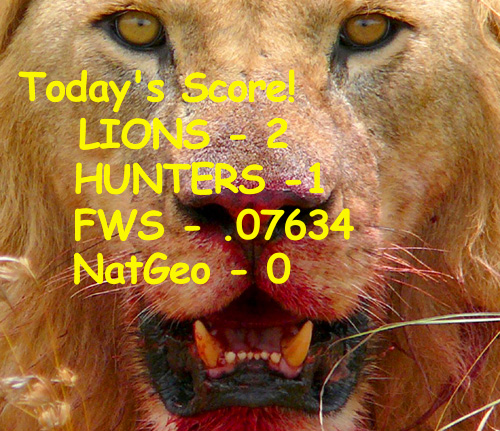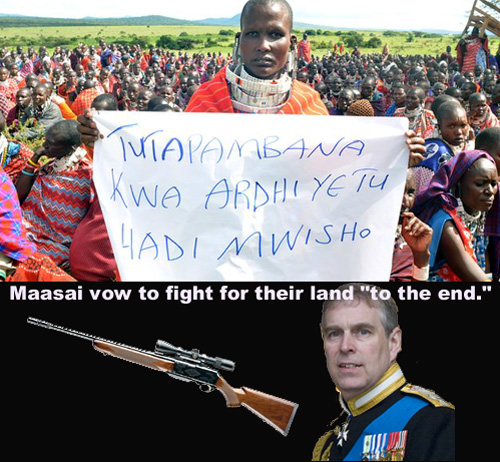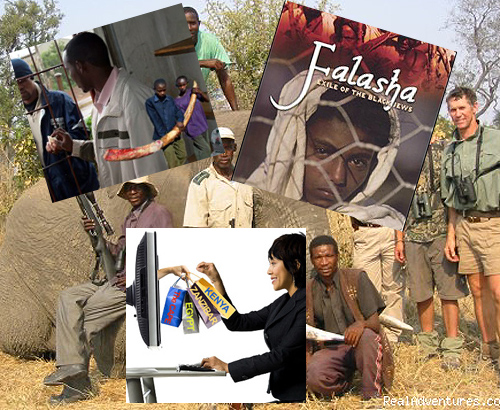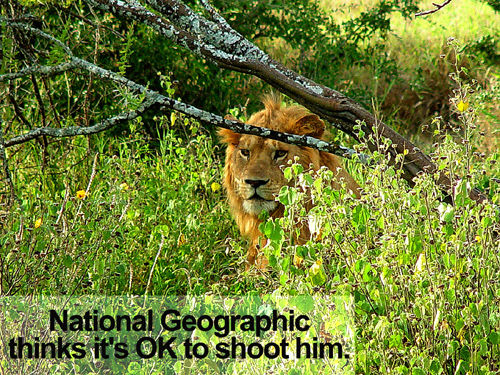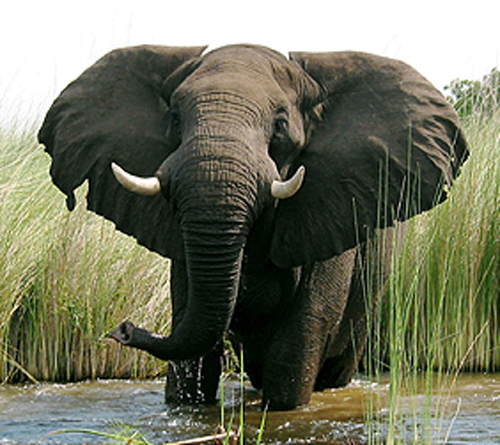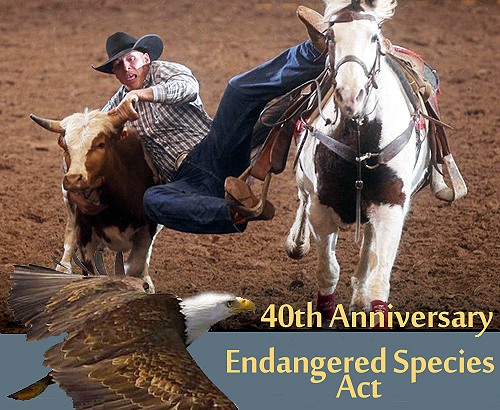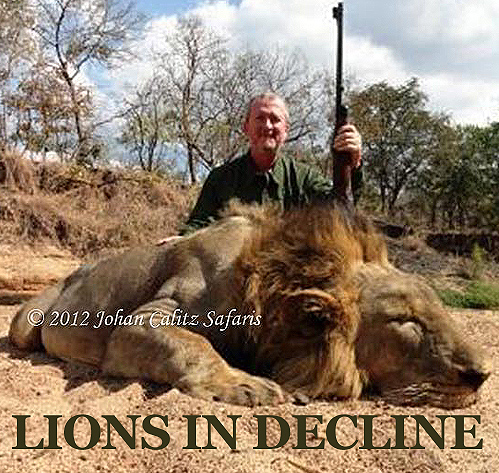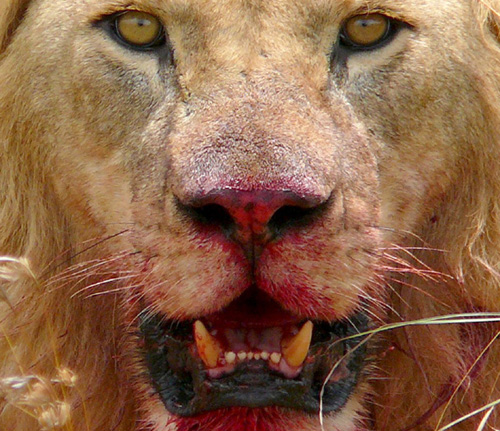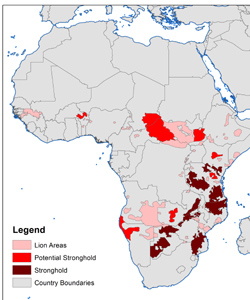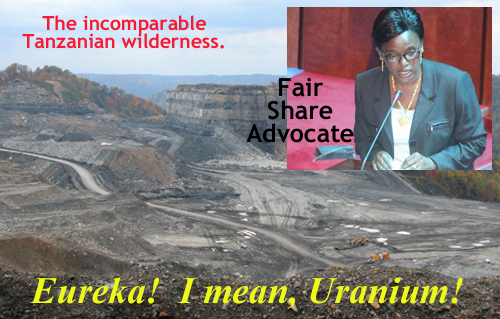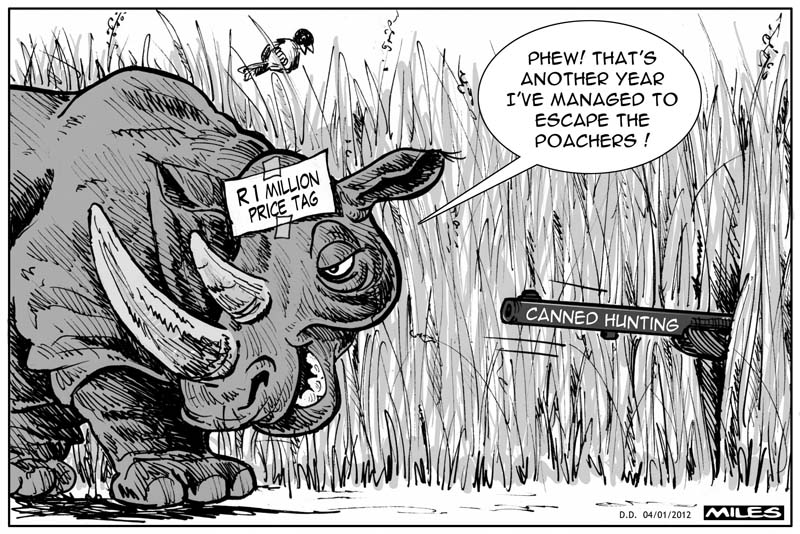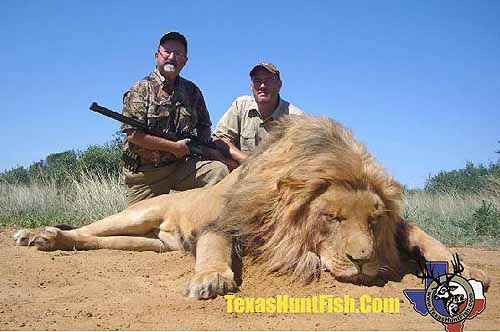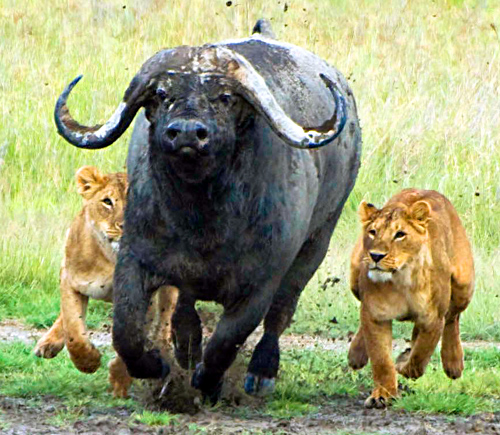
I always thought of lions, I suppose, like kitty cats: They’re ubiquitous! In fact, they are more of them than my birder friends think there should be, and where I live feral cats likely outnumber deer.
At the top of the food chain, what could possibly threaten lion?
The framing of my question reveals the mistaken notion of trying to figure out what’s happening to a wild animal strictly by what’s happening in the wild.
What threatens lions is development: people, roads, buildings, dams … all the things that make for a modern world.
Development impinges on lions directly, but by also constricting the freedom and growth of lion food – other animals – it’s a doubly whammy.
I’m astounded by the inability of research organizations to get a firm number on lion declines in Africa. It ranges from popular charities like NatGeo’s low balling to many others suggesting twice the number. Either way it’s a serious, rapid decline, but why no consensus on actual numbers?
The best researchers, like Craig Packer of the University of Minnesota, refuse to deal with the issue in the aggregate, assuring me that compiling trusted aggregate numbers is too difficult.
LionAlert was my guide for many years, but they’ve been unable to make a prediction beyond the 35,000 they published for 2012.
NatGeo among many other organizations is appealing to your pocketbook to fund their missions to stem the decline. It’s a waste of money.
Although the actual numbers in decline might not be known, the reasons are.
Craig Packer’s many scholarly articles and popular publications sum it all: His 2004 study in Ngorongoro started the news that lions were in serious decline, building on an earlier 1996 study about how lions were growing increasingly vulnerable to viruses.
By 2005 Packer had the lions in the Serengeti well understood, and it’s really on the basis of this detailed although localized research that I think we can generalize to the continent as a whole.
Subsequent reports and studies would confirm that serious human/animal conflict was the driver of decline, not just building roads.
By 2009 researchers were no longer reticent about blaming the Maasai’s poisoning of lion as a major contribution to decline in East Africa.
Don’t put too much emphasis on that, though, because it’s really all a part of the same problem. Lion attacking livestock occurs not simply because lion have decided it’s easier than pulling down a wildebeest.
It’s as much because there are fewer wildebeest and the lion’s range is declining because of overall human spread.
Maasai poisoning lion is identical to Montana farmers poisoning wolves.
This decline will not stop by contributing to NatGeo, and once again I’m infuriated by so-called conservation organizations driving their general fund with appeals of imminent catastrophe that they claim to know how to stop.
Much better to support the more difficult-to-understand but lasting attempt by Kenya to list lions as an endangered species.
That was set back this summer when efforts to do so were curtailed, in this case mostly by NRA-driven hunting groups that would be most effected immediately. As a result, South Africa – a powerhouse in determining African conservation policy but also one of the last easiest places to arrange a lion hunt – declined to support the listing.
But Kenya battles on and so should we. I can’t suggest that human development be held hostage to protecting lions. But I can definitely tell hunters to go take a walk.
